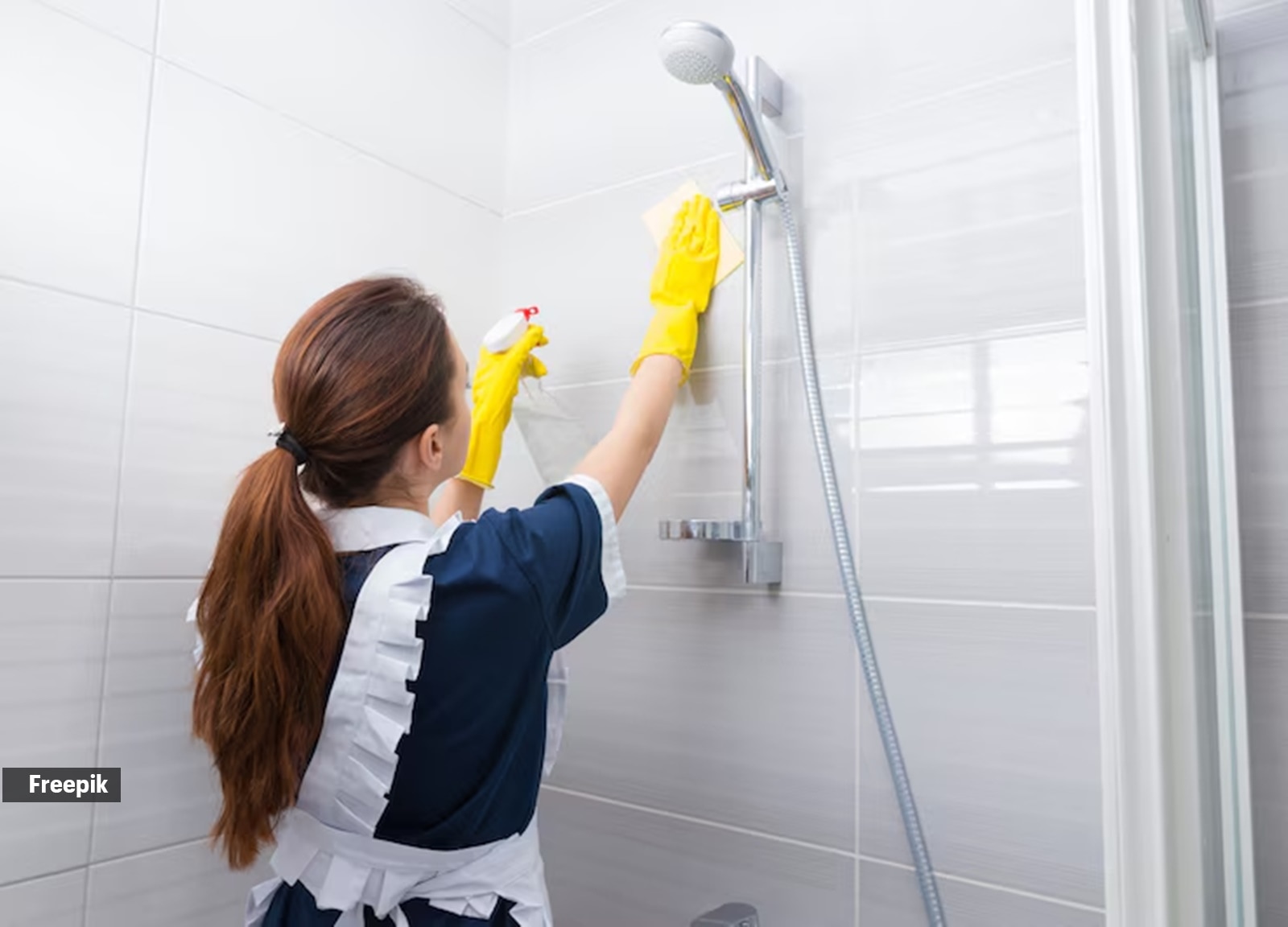📣 For more lifestyle news, click here to join our WhatsApp Channel and also follow us on Instagram
Doctors address why peeing in the shower may not be a good idea
What are the potential downsides to this practice?
 Is peeing in the shower risky? (Source: Freepik)
Is peeing in the shower risky? (Source: Freepik)Peeing in the shower is a topic many people don’t often talk about, but it’s surprisingly common. Some argue it’s a harmless habit, even beneficial for saving water, while others believe it could pose risks — both hygienically and physically. The warm water and relaxed environment of a shower might make it easier to relieve yourself, but are there potential downsides to this practice?
Long-term risks to bladder health or pelvic floor muscles
Dr Shailly Sharma, senior consultant and associate director obstetrician and gynaecologist
Cloudnine Hospital, mentions, “Regularly peeing in the shower is not advisable due to potential health risks. It can lead to incomplete relaxation of the pelvic floor muscles, which may result in incomplete bladder evacuation. This can cause urine retention, increasing the risk of infections, bladder stones, and even kidney issues over time.”
Concurring, Dr Gaana Sreenivas senior consultant Obstetrics and Gynaecology at Bone and Birth Clinic, says that regularly peeing in the shower itself doesn’t inherently pose significant risks to bladder health, but it could contribute to behavioural conditioning. The concern lies in creating a psychological association between the sound of running water and the urge to urinate, which could lead to involuntary bladder contractions outside the shower.
“This is particularly problematic for individuals with pelvic floor dysfunction, as repeatedly urinating in a standing position may not engage the pelvic floor muscles properly, potentially weakening them over time,” says Dr Sreenivas.
 It’s essential to regularly clean the shower with antibacterial cleaners, ensuring that shared spaces remain sanitary. (Source: Freepik)
It’s essential to regularly clean the shower with antibacterial cleaners, ensuring that shared spaces remain sanitary. (Source: Freepik)
Potential hygiene concerns
Dr Sreenivas stresses that urinating in a shared shower space could raise hygiene concerns “due to the presence of bacteria and ammonia in urine, which can lead to odours and possibly contribute to the growth of harmful microorganisms.”
“While urine is typically sterile when leaving the body, it can still act as a medium for bacteria from the skin or surroundings. To minimise these concerns, it’s essential to regularly clean the shower with antibacterial cleaners, ensuring that shared spaces remain sanitary. Proper drainage and frequent rinsing can also mitigate potential hygiene risks,” she suggests.
Differences in how peeing in the shower might affect men and women
According to Dr Sharma, peeing in the shower affects men and women differently due to anatomical variations. “In men, the prostate supports the urinary bladder and urethra. However, women lack this support, making them more prone to straining the bladder while urinating in the shower. This strain can result in incomplete bladder evacuation, which increases the risk of infections, bladder stones, and long-term urinary incontinence.”
Dr Sreenivas elaborates that men tend to urinate while standing, which is less likely to impact the pelvic floor muscles. At the same time, women may find that peeing in the standing position does not fully engage their pelvic muscles, potentially contributing to weakened control over time. “Additionally, the way men and women urinate can differ in terms of spray patterns, meaning that women may be more prone to urine coming into contact with the legs or feet, raising hygiene concerns,” she concludes.
DISCLAIMER: This article is based on information from the public domain and/or the experts we spoke to. Always consult your health practitioner before starting any routine.
📣 For more lifestyle news, click here to join our WhatsApp Channel and also follow us on Instagram
- 01
- 02
- 03
- 04
- 05



























